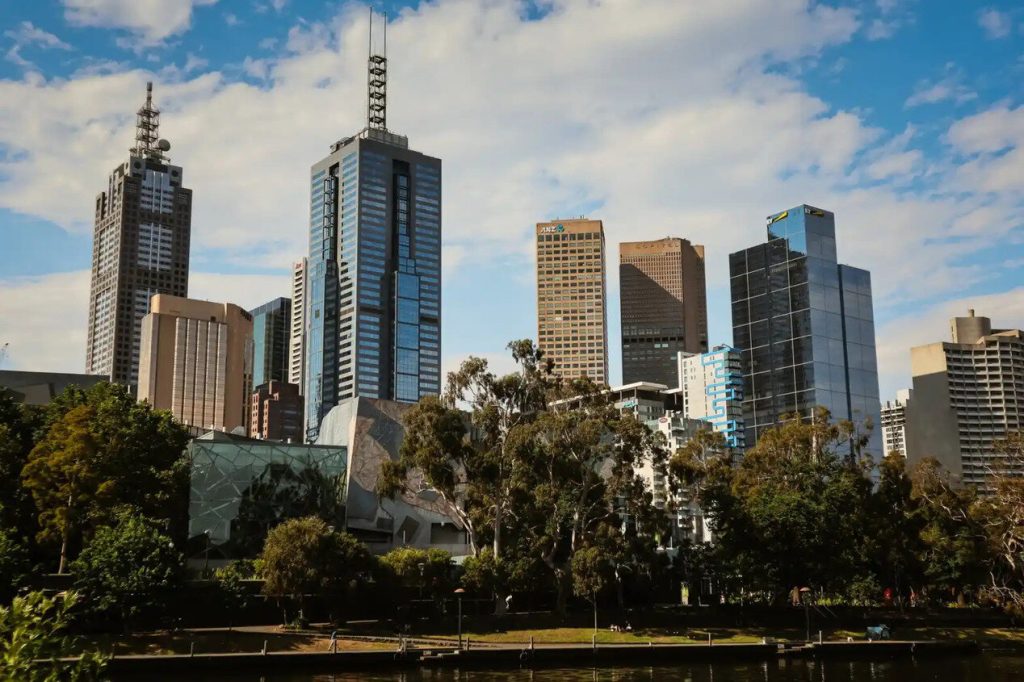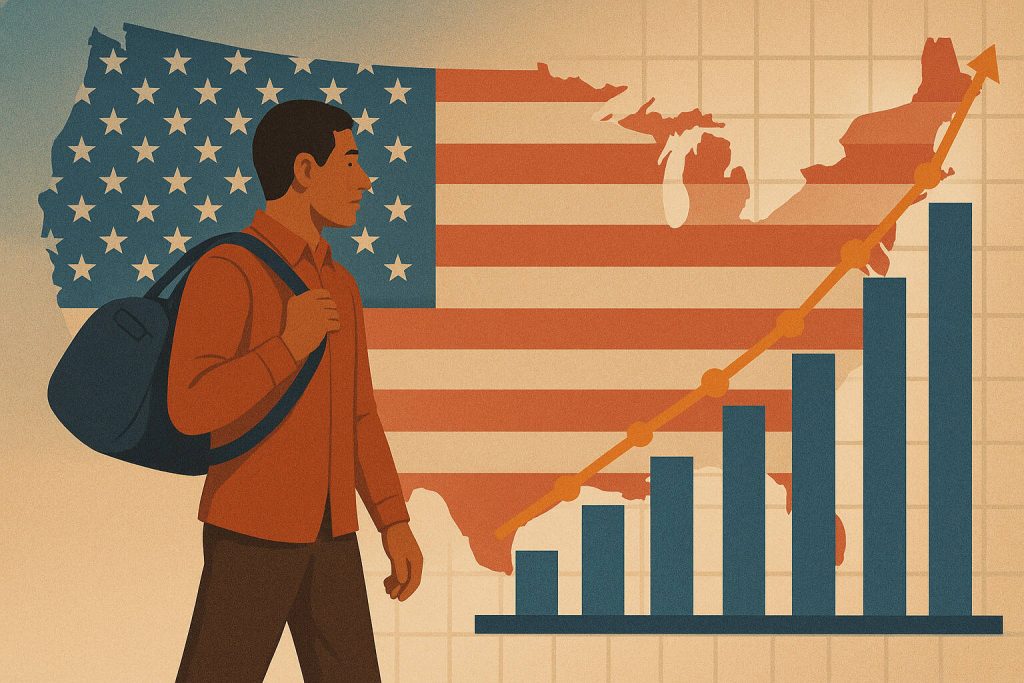
The Connection Between City Growth and Economic Decisions
Urban landscapes are a direct reflection of economic priorities. Policies that shape housing, infrastructure, and business incentives determine how cities expand and who benefits from their development. Governments influence the direction of urban growth by allocating resources to specific sectors, adjusting tax structures, and implementing zoning laws that favor certain industries or populations.
Economic policies also dictate land use, affecting whether a city grows outward with suburban expansion or upward with high-density developments. Incentives such as tax breaks for developers can encourage investment in commercial districts, while subsidies for public housing determine the affordability of living spaces. The way these policies are structured determines whether development benefits the majority or caters to select groups.
Additionally, public investments in transportation and utilities influence how accessible a city becomes. A well-connected transit system encourages economic activity and allows for a diverse workforce to participate in urban life. When these investments are neglected, infrastructure gaps emerge, reinforcing economic divides and limiting growth opportunities for lower-income residents.
Government Spending and Its Impact on City Planning
Public spending plays a critical role in shaping urban development. Decisions on infrastructure funding, public transit expansion, and community investments dictate how livable a city becomes. High investment in public services can attract new residents and businesses, fueling economic activity, while underfunded neighborhoods often struggle with stagnation and decline.
The balance between public and private sector involvement in urban planning influences accessibility and affordability. In cities where governments prioritize affordable housing, mixed-use developments emerge, fostering social and economic diversity. In contrast, when policies favor luxury housing and commercial properties, gentrification can displace long-time residents, shifting the economic landscape in favor of wealthier demographics.
Economic downturns often lead to budget cuts in key urban programs. Reduced funding for education, public transportation, and community projects can leave lasting marks on city landscapes. When financial constraints lead to deferred maintenance on roads, bridges, and public spaces, urban decay accelerates, discouraging investment and reducing overall quality of life.
Housing Policy as an Economic Strategy
Housing policies shape urban demographics and economic stability. Regulations on rent control, zoning, and land use influence whether cities maintain diverse populations or become enclaves of wealth. Governments that encourage mixed-income housing developments create more inclusive urban environments, reducing income segregation and strengthening local economies.
Tax incentives and subsidies also determine whether developers prioritize affordable housing or luxury apartments. Policies that reward the construction of high-end housing without mandating affordable units often lead to economic displacement, pushing lower-income residents out of urban centers. Conversely, initiatives like inclusionary zoning ensure that new developments contribute to economic balance.
The mortgage and lending markets further impact urban development. Interest rates, down payment assistance programs, and housing subsidies determine who can afford homeownership. Economic policies that favor first-time homebuyers encourage stability and community investment, while financial barriers to homeownership can increase rental dependency, limiting wealth-building opportunities for lower-income populations.
The Role of Business Incentives in Urban Expansion
Economic policies often include business incentives that shape city growth. Tax breaks and subsidies for corporations can drive development in specific districts, leading to business hubs that attract both workers and residents. Cities that actively court major employers through financial incentives often experience rapid growth, but these policies can also widen economic disparities.
When tax breaks are offered without conditions on local hiring or infrastructure contributions, businesses may benefit at the expense of public resources. Some cities find themselves shouldering the burden of increased costs for roads, schools, and services without adequate returns from corporate investments. Economic policies must balance business attraction with sustainable growth.
Entrepreneurial support also influences urban development. Policies that encourage small business growth, such as micro-loans and grants, help diversify local economies and create jobs. When economic policies favor large corporations over small enterprises, urban areas risk becoming homogenized, with fewer opportunities for independent businesses to thrive.
Infrastructure Development and Economic Priorities
The state of a city’s infrastructure reflects long-term economic planning. Roads, bridges, public transit, and utilities require consistent investment to support population growth and business expansion. When infrastructure spending aligns with economic policies that encourage sustainable development, cities become more resilient to economic shifts.
Transportation policies influence commuting patterns and accessibility. Investments in mass transit can reduce congestion and connect underserved areas to economic opportunities. When governments neglect public transportation, reliance on personal vehicles increases, leading to greater environmental and economic costs, including higher living expenses for workers.
Digital infrastructure is also a growing factor in urban economic policy. Cities that prioritize broadband expansion and smart technology integration attract technology-driven industries, fueling innovation and job growth. Policies that fail to address digital accessibility can leave entire communities behind, reinforcing economic inequality.
The Influence of Tax Policy on Urban Growth
Tax policies directly shape how cities develop. Property taxes, sales taxes, and business levies influence where companies and individuals choose to settle. High property taxes may discourage homeownership and drive residents to suburban areas, while business tax incentives can attract investment to specific regions.
Sales tax structures also play a role in urban development. Cities that rely heavily on sales tax for revenue may prioritize commercial expansion, favoring large retail centers over residential or public space investments. This focus can shape urban environments, determining whether neighborhoods support small businesses or become dominated by corporate franchises.
Tax incentives for historic preservation and redevelopment can also influence urban landscapes. Some cities use tax credits to encourage the rehabilitation of older buildings, maintaining cultural identity while fostering economic activity. Without these incentives, historic districts may fall into neglect or be replaced by modern developments that lack character.
Gentrification and Its Policy-Driven Roots
Gentrification is often a byproduct of economic policies that favor real estate investment over community stability. When governments encourage high-end developments without safeguards for existing residents, property values rise, and long-time inhabitants may be priced out. This shift alters neighborhood identities and redistributes economic power.
Rent control policies and affordable housing initiatives can slow gentrification’s effects. Without such measures, lower-income residents face displacement, leading to economic stratification. While gentrification can bring investment and improved services, it also risks erasing cultural diversity if policies do not protect local businesses and historical communities.
Urban renewal projects also contribute to gentrification. Policies that allocate funding to aesthetic improvements, such as new parks and public spaces, often attract wealthier residents. While these projects enhance cityscapes, they must be paired with affordability initiatives to prevent widespread displacement.
Sustainability Initiatives and Economic Policy
Sustainability policies increasingly shape urban development. Green building incentives, renewable energy mandates, and carbon reduction goals influence how cities grow. Governments that prioritize eco-friendly policies encourage energy-efficient construction and sustainable public transportation systems.
Zoning regulations also determine sustainability efforts. Policies that promote mixed-use developments, walkable neighborhoods, and green spaces contribute to environmental and economic well-being. Cities that fail to integrate sustainability into economic planning risk long-term financial and ecological consequences.
The financial sector plays a role in sustainability through investment strategies. Green bonds, tax incentives for renewable energy projects, and carbon offset programs influence urban planning decisions. Economic policies that incorporate sustainability create long-term benefits for both residents and businesses.
The Future of Urban Development and Economic Policy
Urban development will continue to reflect shifting economic priorities. As cities grow, policymakers must address affordability, sustainability, and accessibility to create balanced environments. Economic strategies that favor inclusivity and resilience will shape urban areas that thrive across generations.
Technological advancements and digital economies will further impact development patterns. Smart city initiatives, automation, and evolving workplace structures will require adaptive policies that anticipate economic shifts. Cities that fail to modernize may face stagnation, while those that embrace innovation will attract long-term investment.
The challenge for policymakers is to balance growth with equity. As economic policies shape urban landscapes, their effectiveness will be measured not only by financial success but also by the well-being of residents. The future of urban development depends on decisions made today—decisions that will determine whether cities remain places of opportunity for all.


